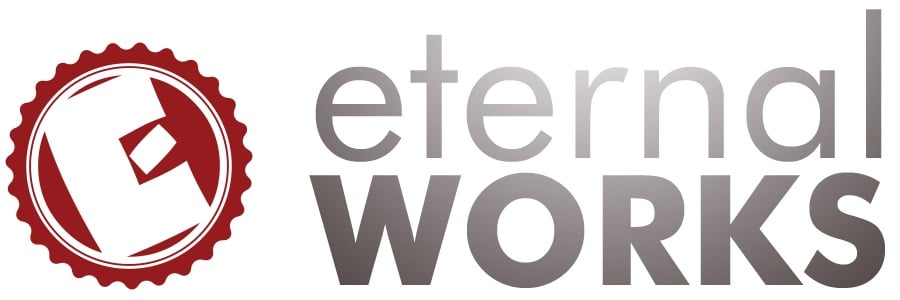Many software companies push aside the people part of their business, but doing the bare minimum with your customer service and customer communication could actually be what is holding your company back.
This is why increasing your Customer Lifetime Value is essential to the growth of your software business. Customer Lifetime Value is the money your customers return to you during their average duration with your company.
It costs companies more money to acquire a brand new customer than to put the work into retaining a customer that’s already on board.
CLV is about making your customers want to stay as long as possible and communication is big factor in improving it.
So how do you increase your CLV?
Help Your Customers Reach Their Goals
Brand loyalty is something that is earned. Customers subscribe to your software because it will help them reach some final goal.
Maybe a retail company has a revenue goal in mind for the end of the year and more efficient ordering software will help them get there.
Your job is to help show them more ways other companies in their industry achieve that revenue goal goal. Your first objective should be to help them reach a portion of that goal sooner than your competition would and continue on that path.
This will make them feel closer to achieving their final goal and increase loyalty to your brand. If you can incorporate some kind of goal-setting into your software itself, this will help even more by giving your customers tangible evidence of the progress they’re making by using you software.
Also, remember that your customer service team shouldn't be there just to help your customers troubleshoot, but also have a strong understanding of your customers' industry so that they can offer solutions that fit their everyday work struggles instead of a page number from a handbook.
This personalized touch makes a world of difference for many customers' longevity.

Help Your Customers Face Their Challenges
Your target customers will usually all work in a similar industry and face similar challenges to completing their work.
One of the best ways to earn their trust and respect and is to show them how to tackle these challenges, even outside of the context of your software’s capabilities. There are a number of ways to go about this.
The first would be creating a lot of content talking about common issues in your customers’ industry. Talk about how to minimize constraints to completing their work such as cost and time.
For example, if you know of a more efficient way to complete a series of tasks using your software, create a tutorial or video guide for your customers and show them how it’s done.
Discuss how to improve retention, improve their ROI, and reduce customer complaints. Just like you, they are often learning they go.
This will all do well to build your authority as an expert on their industry and build up your software in their eyes as one they can trust to have solutions to their problems.
Interact with Your Customers
After you interact your customers for a while, be it in person or even on a social media, you will begin to pick up trends in their interests.
It could be anything, like their favorite books, or maybe they avidly follow a particular sport, or maybe they can’t go one week without eating at a particular restaurant.
Creating social media posts, gifts, and offers around their favorite things will help facilitate a relationship between you and your customers, which will also help grow brand loyalty.
Similarly, these interactions will also allow you to pick on why some of your customers are leaving your business.
Don't be afraid to reach out and reengage customers who are showing signs of churning.
Reward Your Customers for Their Loyalty
Reward your customers with special offers and they will reward you back. In exchange for the rewards you give your customer during these offers, you can ask your customers for personal information and opinions that will help you improve your business.
For example, Microsoft recently launched its Insiders Program which gives select customers early access to software releases as well as one-on-one chats with the company's top developers.
Customer feedback from this program ends up rewarding the company back, because Microsoft can use this information to fix any exposed bugs and risks as well as provide improvements to the software well before its official release.
Your company could also offer free usage of your software to the company that provides the best tip to improving your software.
Your company will end up receive countless valuable tips whose worth would well exceed the money that would be lost to the winner.
Know, Promote, and Improve Your Competitive Advantage
It’s essential for every SaaS company to know what made your customers choose to work with your company and use your software. This is your company’s competitive advantage.
It could be some aspect of your software, like its performance. It could also be the design. Maybe the design is more user friendly, with an easy to navigate interface.
Or perhaps your customer service team much more responsive and timely to customer inquiries, complaints, bugs and security issues than the competition.
Whatever it may be, don’t lose it, because that is a key a driving force for why your company acquires and retains customers. Incorporate it into your promotions.
Look for ways to make it even better, too. One way to gain insight from your customers is to include survey of questions in an email while offering a reward for their contribution, such as a discount.
They will be providing your team valuable information to expand your company, so you should give them some added incentive to contribute.
